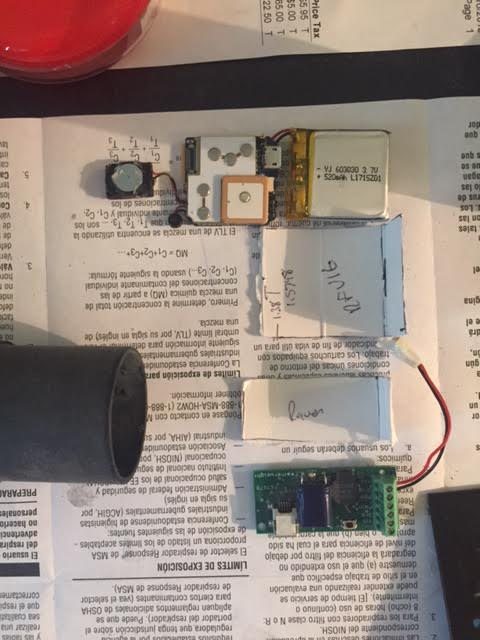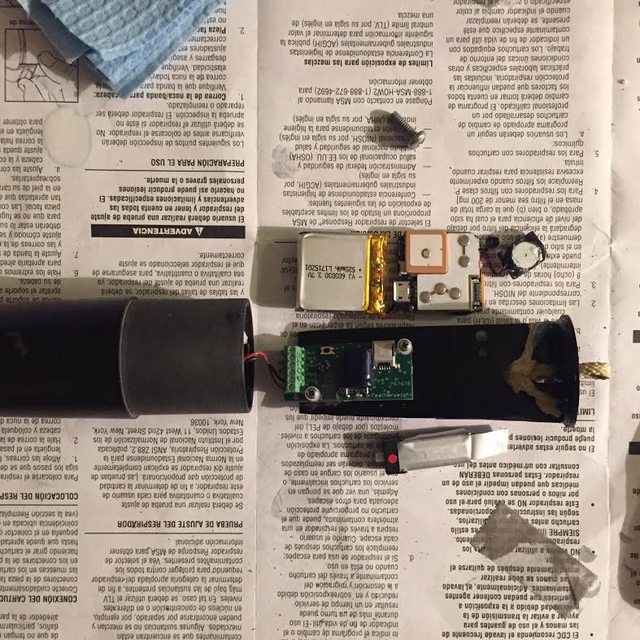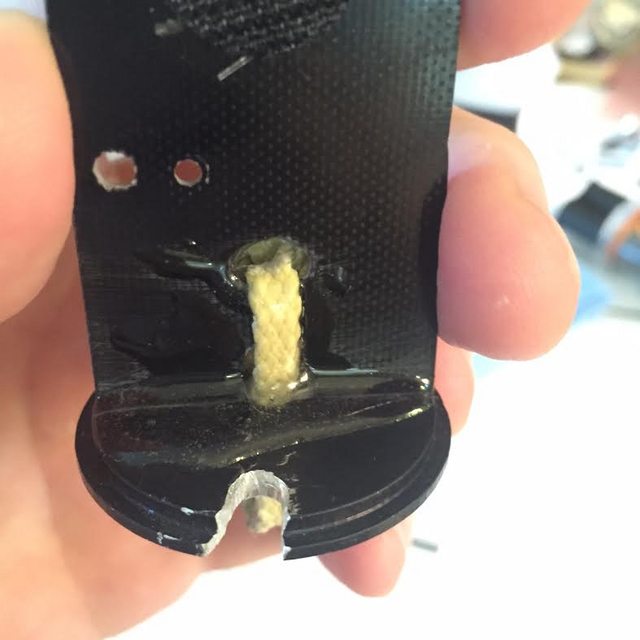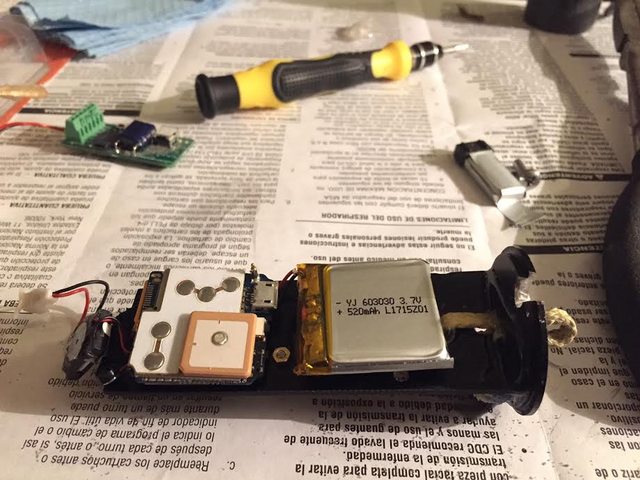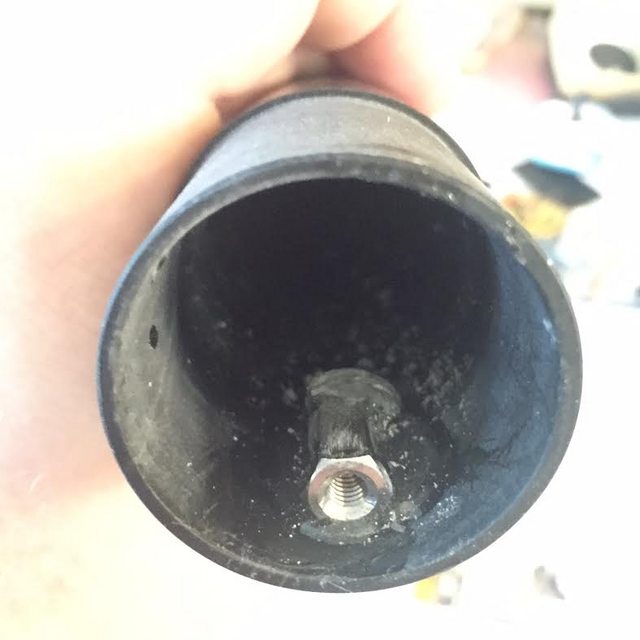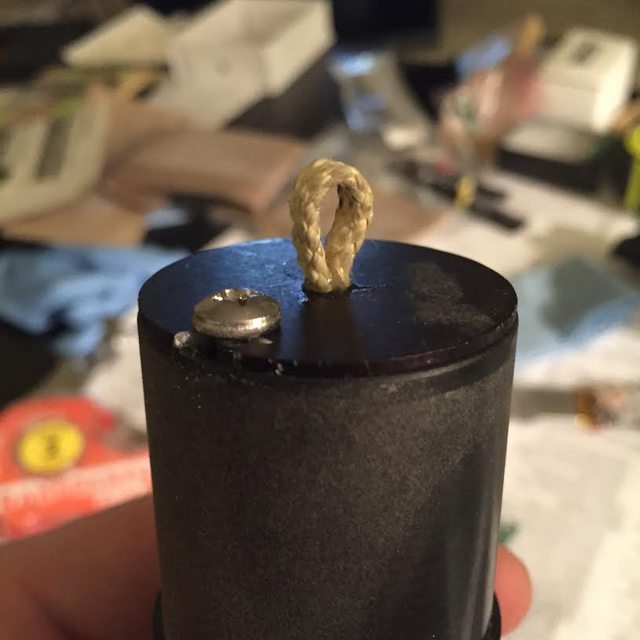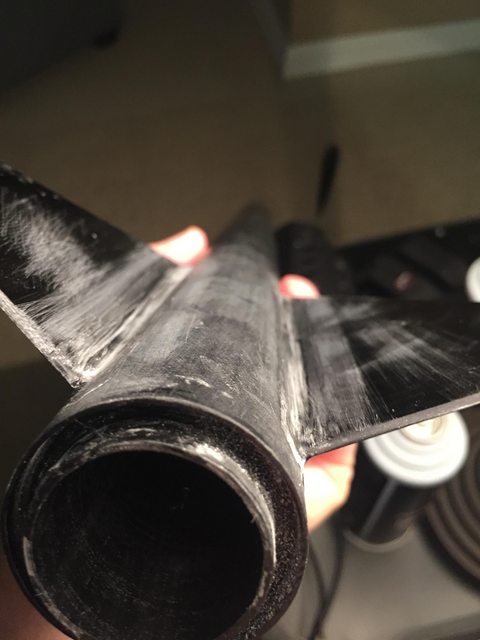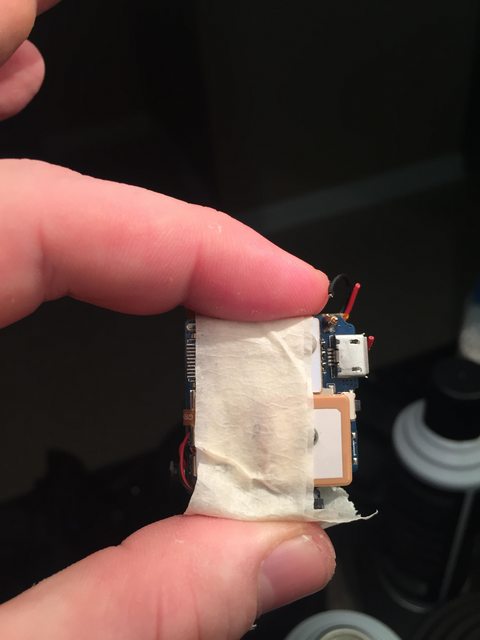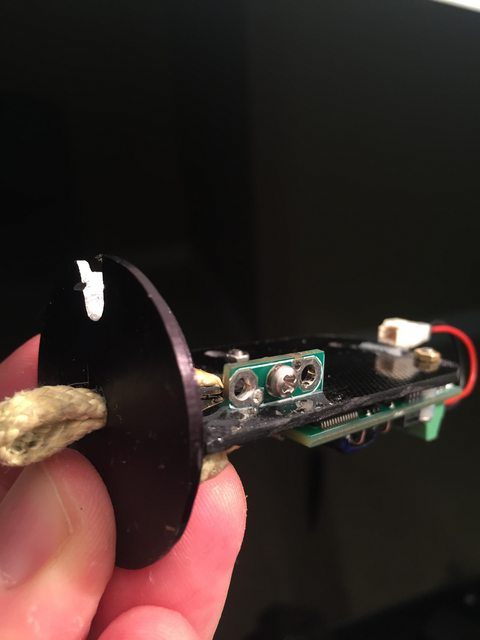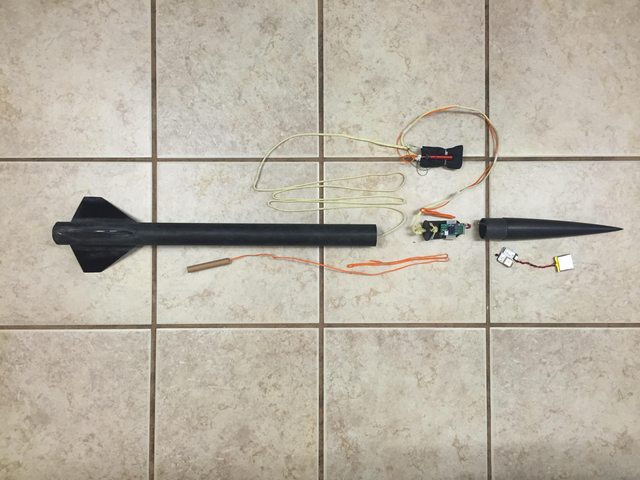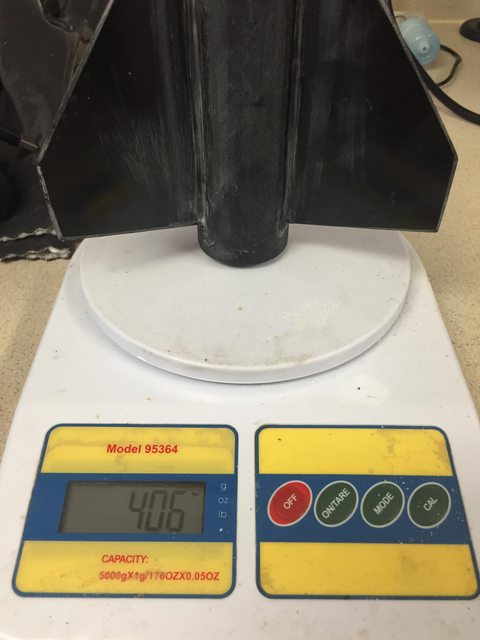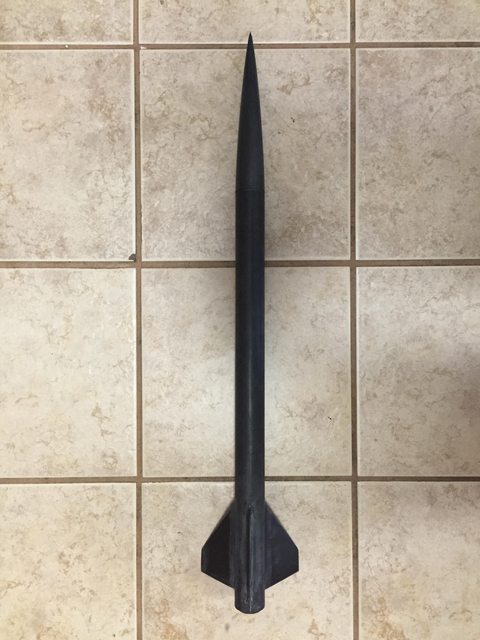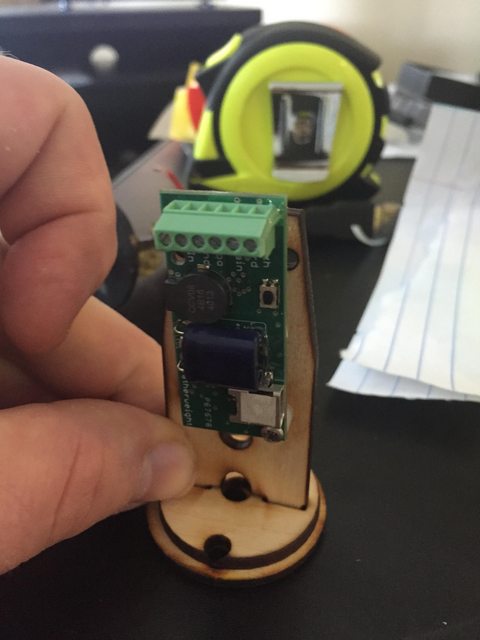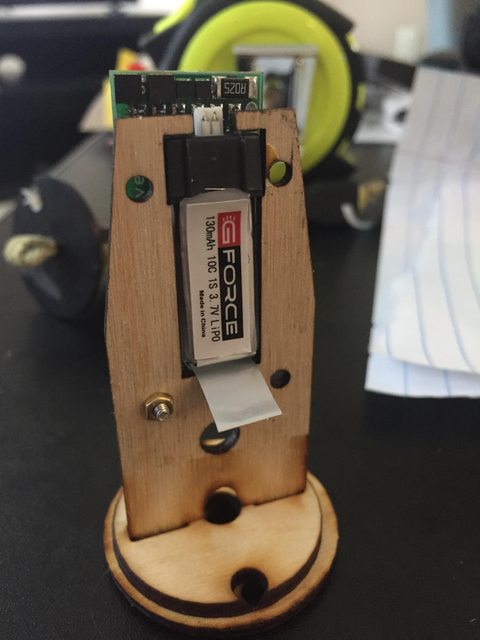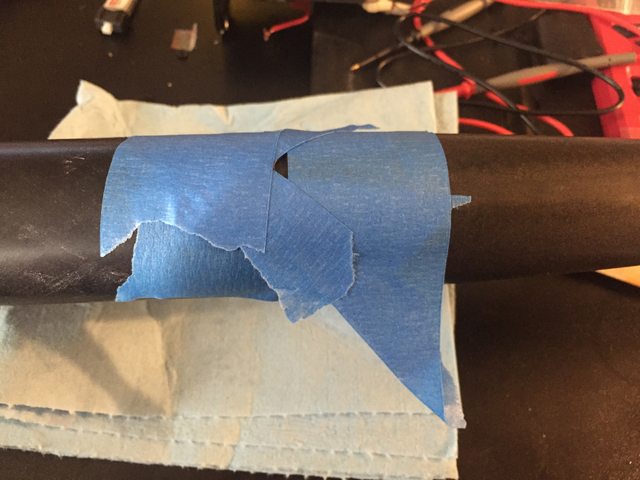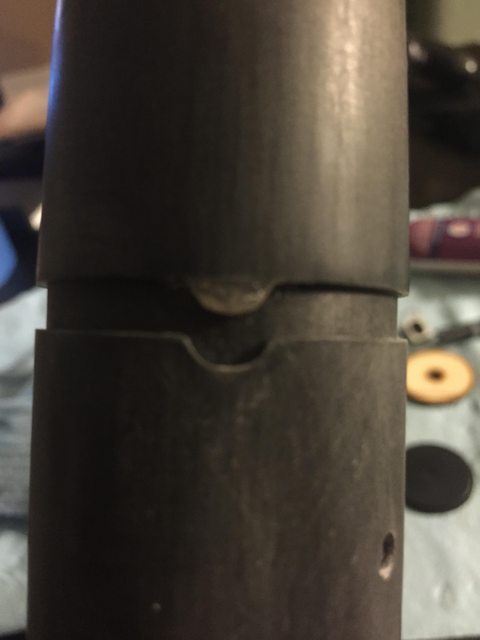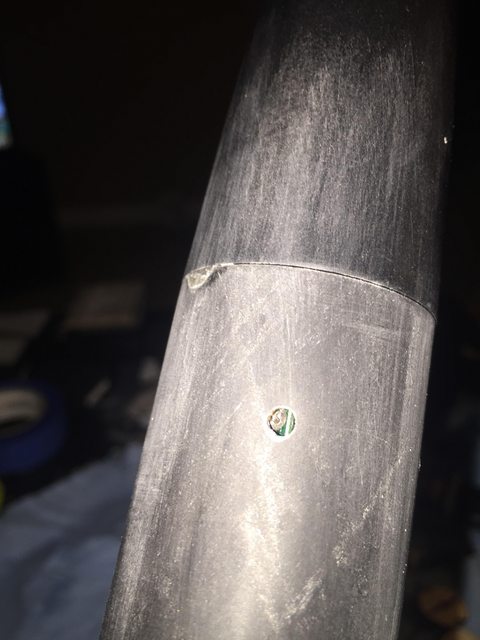smapdiage9
Well-Known Member
- Joined
- Mar 14, 2009
- Messages
- 442
- Reaction score
- 3
Its been five or so years since Ive flown a rocket, and more for high power. Life circumstances have recently conspired to put me away from home and all my other hobbies for a few months during this summer, and I happened to see that theres a high power launch in a nearby city in July. Its time to fly again.
The objective of this build is to re-familiarize myself with sound high power rocket design, construction, and flight procedures by producing a rocket comfortably capable of flying safely on a range of commercial motors spanning at least G-I impulses. The build must include an electronically controlled, dual-stage recovery system and durable construction that finds a reasonable balance between performance and durability. Because I am accomplishing this build away from my home and tools, it is essential that I am happy to settle on readily available, hobby-grade materials.
The ideal state of this build is a rocket light enough to fly on an E or F motor from a conventional low power pad, but strong enough to fly level one high power motors and allowing me a platform to experiment with new recovery and tracking systems.
Goals List:
After a brief search I settled on building a Wildman Wild Child. This is a fiberglass 38mm rocket with a 29mm motor mount, and an available dual deploy upgrade. I have a Wildman 3" dual deploy and always liked the durable construction of these rockets.
I also bought a Featherweight Raven 3 altimeter to control and record the flight, an RF-V16 cellular GPS tracker to provide post-landing tracking info, and archetype cable cutters because I haven't used that recovery device before and it seemed interesting to me.
As the many UPS boxes showed up, I began to feel like I should focus on designing the rocket to incorporate an avionics bay within the nosecone, to use motor ejection with one backup charge for separation at apogee, and to use a chute burrito restrained by zip tied cable cutter to control main deployment.
Initial Assembly:
Using the wonderful stickied thread about epoxy adhesion as a guide I began sanding, cleaning, and test-fitting parts. The first step in assembling this build is the MMT and shock cord adhesion. I bought an inexpensive Chinese rotary tool from Amazon and started grinding:
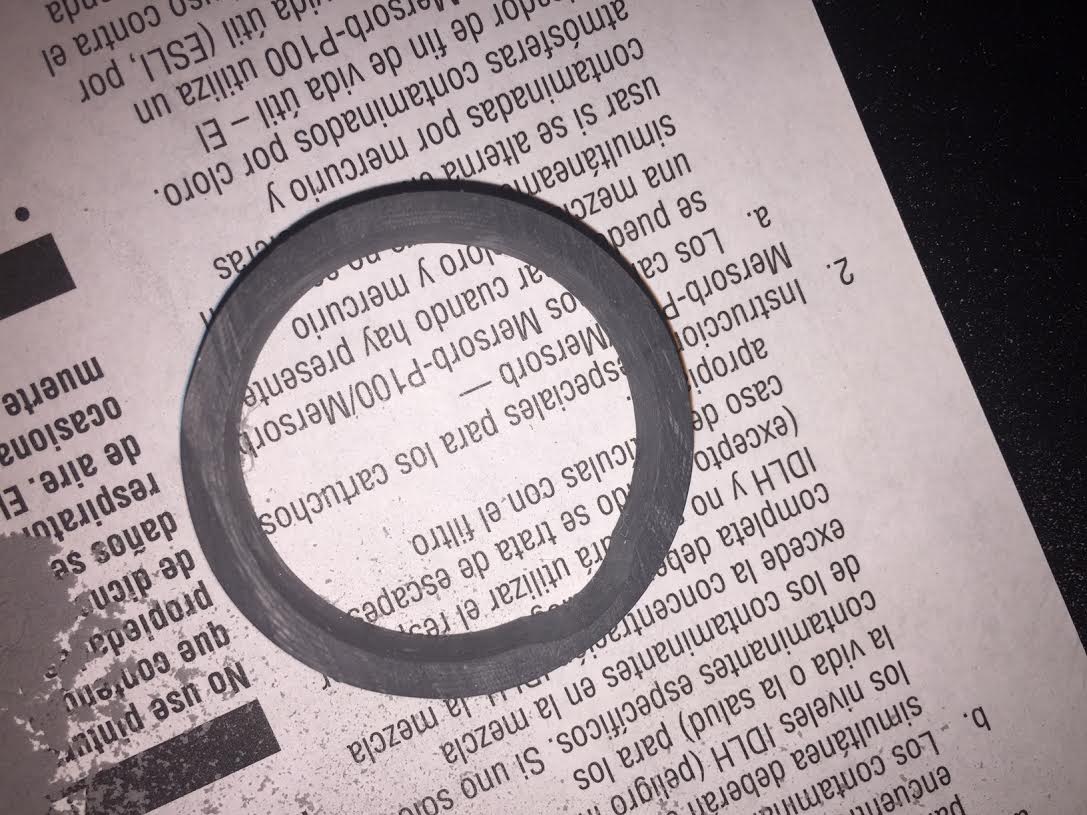
Forward CR notched for shock cord.
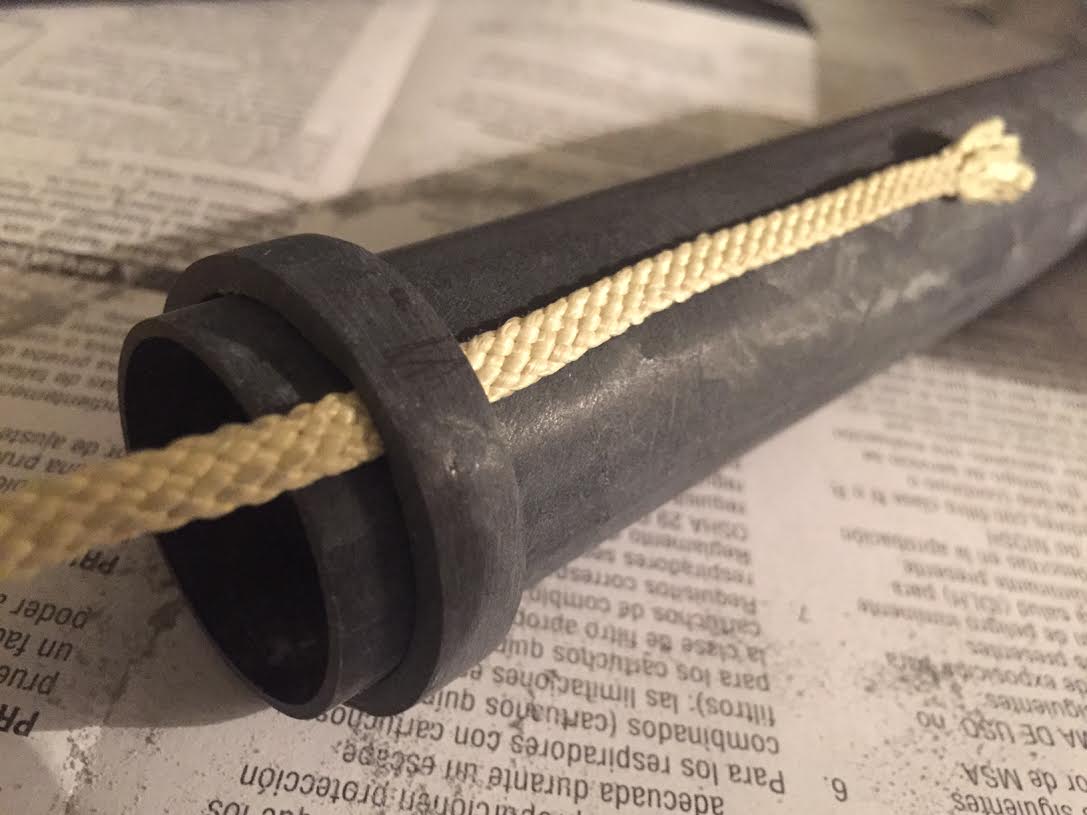
Test fit before epoxy.
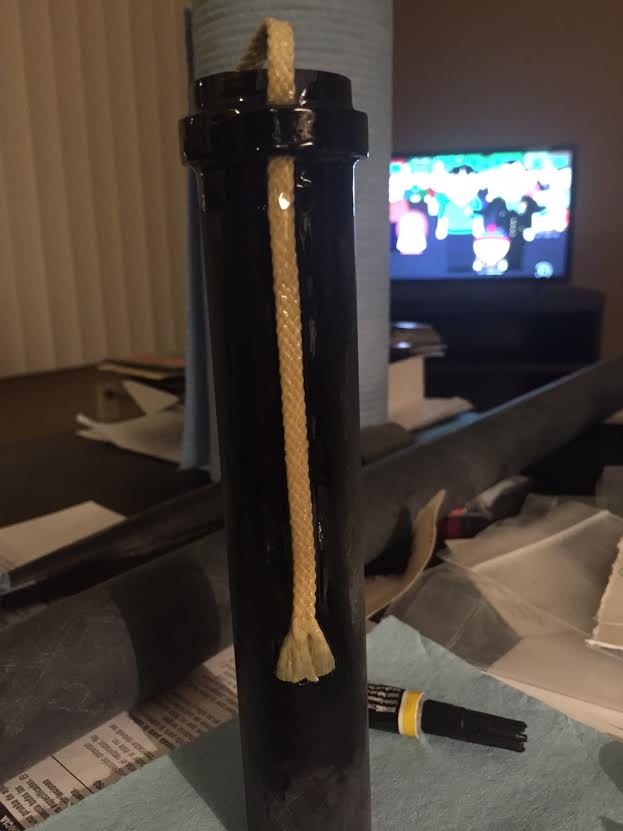
Though I love fancy motor retainers and have plenty of them in other rockets, I kept thinking about my goal for low weight in this sport build. At the end of the day I couldn't justify spending over 1/3 of the kit cost on a motor retainer when I've had so many successful flights using masking tape for friction fit, and decided I'd just do that again. If I was making this piece again I'd consider knotting the cord behind the CR before epoxying it.
Since this is not a high performance build I rounded the fin-edges by hand sanding them with no specific strategy for aerodynamic advantage. Once the motor tube was all nice and messy I sanded, cleaned, and buttered the fins with 5 minute epoxy to tack them into the slots. I printed off a fin guide from the internets and superglued it onto a section of cardboard box that I cut out from one of the shipments I received:
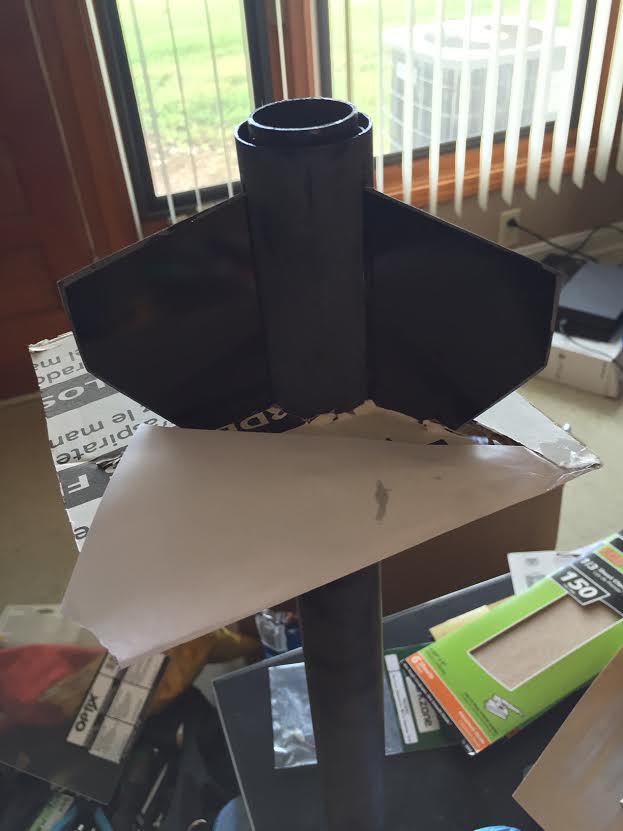
One thing I realized after putting the rear CR in place was that I hadn't thought about the epoxy buildup limiting flush fin placement once it was inserted, so I had to grind down some of the built up epoxy in order to make the MMT fit even that close to the end of the body tube.
With only five minute epoxy at my disposal I knew these wouldn't be the coolest fin fillets ever but, hey, who cares? I used the available scotch tape to mask off some fillet channels after preparatory sanding and cleaning:
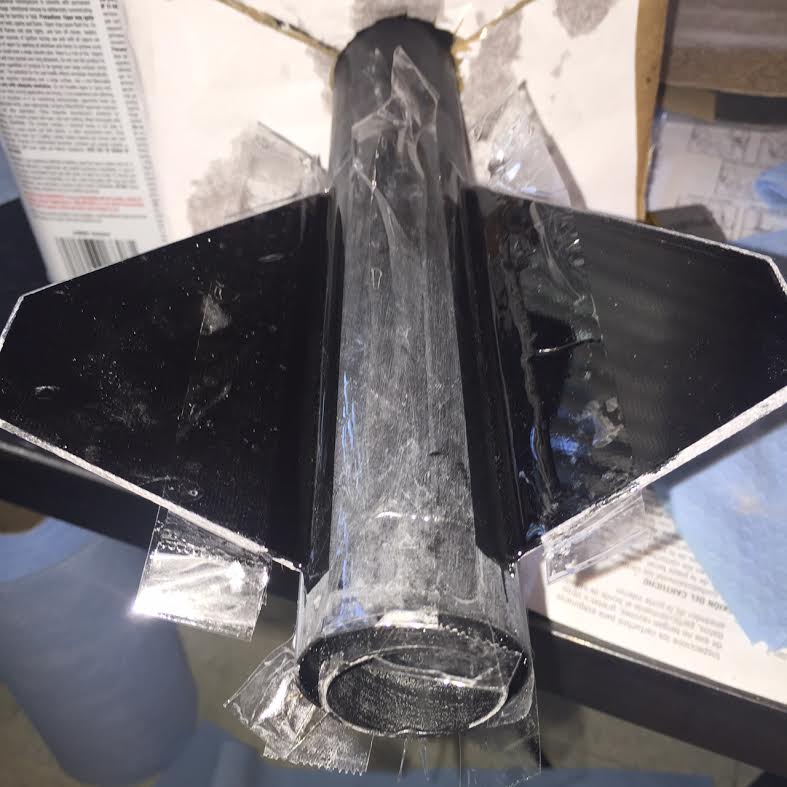
A wetted, gloved finger was used to shape the fillets in one continuous motion so I ended up with relatively small, light weight fillets:
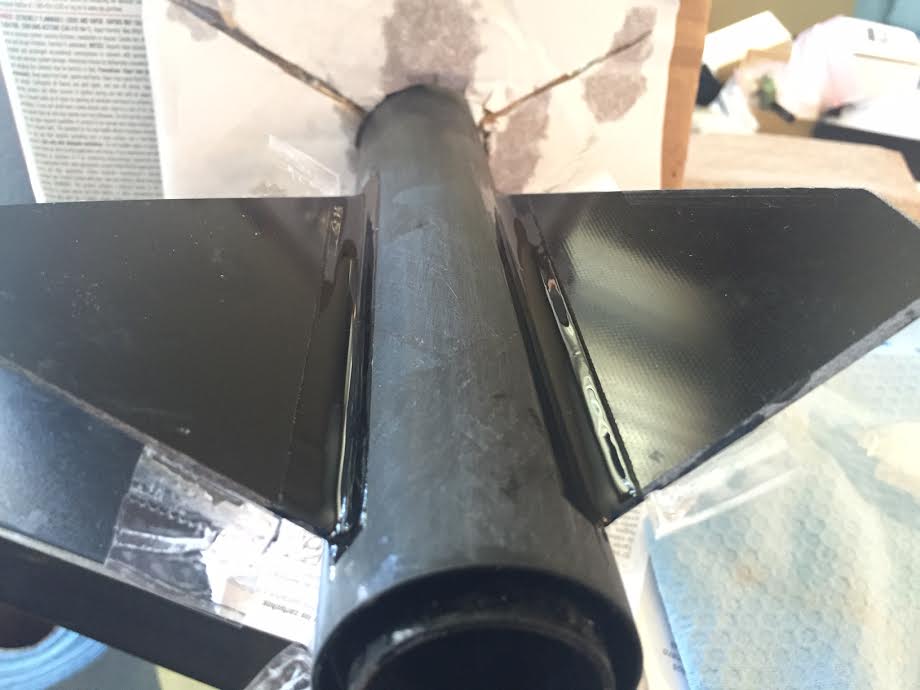
With fins in place, this rocket is fitting together pretty nicely and sprucing up these temporary quarrters:
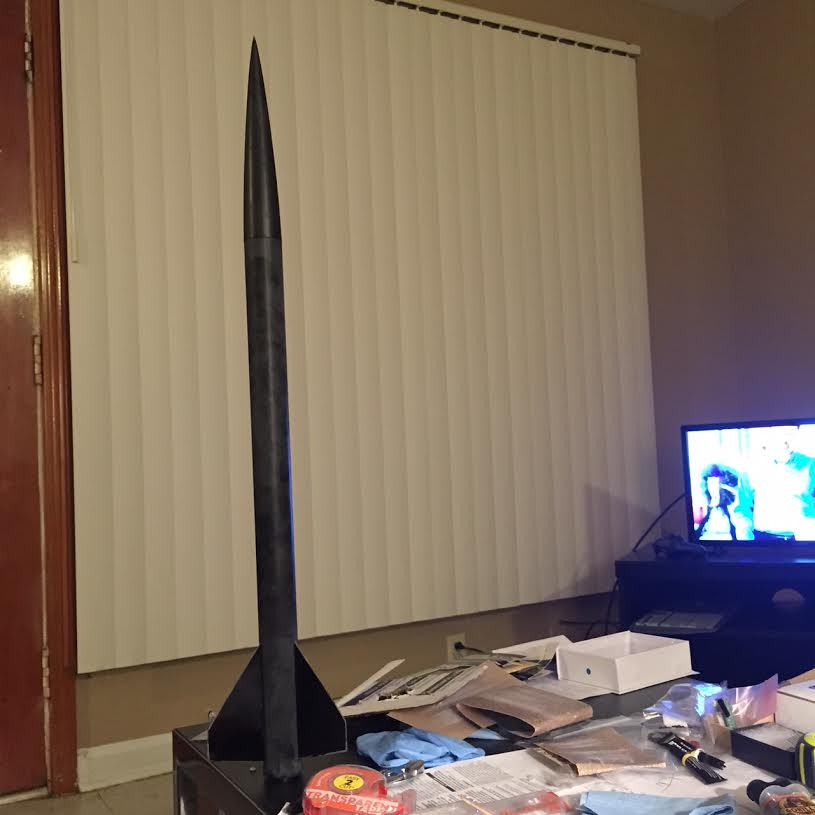
MTF...
The objective of this build is to re-familiarize myself with sound high power rocket design, construction, and flight procedures by producing a rocket comfortably capable of flying safely on a range of commercial motors spanning at least G-I impulses. The build must include an electronically controlled, dual-stage recovery system and durable construction that finds a reasonable balance between performance and durability. Because I am accomplishing this build away from my home and tools, it is essential that I am happy to settle on readily available, hobby-grade materials.
The ideal state of this build is a rocket light enough to fly on an E or F motor from a conventional low power pad, but strong enough to fly level one high power motors and allowing me a platform to experiment with new recovery and tracking systems.
Goals List:
Dual deploy recovery
Low power motor capable flight weight
GPS tracker
Single airframe break to prepare for future, higher performance builds
Minimal weight for a small sport rocket
After a brief search I settled on building a Wildman Wild Child. This is a fiberglass 38mm rocket with a 29mm motor mount, and an available dual deploy upgrade. I have a Wildman 3" dual deploy and always liked the durable construction of these rockets.
I also bought a Featherweight Raven 3 altimeter to control and record the flight, an RF-V16 cellular GPS tracker to provide post-landing tracking info, and archetype cable cutters because I haven't used that recovery device before and it seemed interesting to me.
As the many UPS boxes showed up, I began to feel like I should focus on designing the rocket to incorporate an avionics bay within the nosecone, to use motor ejection with one backup charge for separation at apogee, and to use a chute burrito restrained by zip tied cable cutter to control main deployment.
Initial Assembly:
Using the wonderful stickied thread about epoxy adhesion as a guide I began sanding, cleaning, and test-fitting parts. The first step in assembling this build is the MMT and shock cord adhesion. I bought an inexpensive Chinese rotary tool from Amazon and started grinding:

Forward CR notched for shock cord.

Test fit before epoxy.

Though I love fancy motor retainers and have plenty of them in other rockets, I kept thinking about my goal for low weight in this sport build. At the end of the day I couldn't justify spending over 1/3 of the kit cost on a motor retainer when I've had so many successful flights using masking tape for friction fit, and decided I'd just do that again. If I was making this piece again I'd consider knotting the cord behind the CR before epoxying it.
Since this is not a high performance build I rounded the fin-edges by hand sanding them with no specific strategy for aerodynamic advantage. Once the motor tube was all nice and messy I sanded, cleaned, and buttered the fins with 5 minute epoxy to tack them into the slots. I printed off a fin guide from the internets and superglued it onto a section of cardboard box that I cut out from one of the shipments I received:

One thing I realized after putting the rear CR in place was that I hadn't thought about the epoxy buildup limiting flush fin placement once it was inserted, so I had to grind down some of the built up epoxy in order to make the MMT fit even that close to the end of the body tube.
With only five minute epoxy at my disposal I knew these wouldn't be the coolest fin fillets ever but, hey, who cares? I used the available scotch tape to mask off some fillet channels after preparatory sanding and cleaning:

A wetted, gloved finger was used to shape the fillets in one continuous motion so I ended up with relatively small, light weight fillets:

With fins in place, this rocket is fitting together pretty nicely and sprucing up these temporary quarrters:

MTF...




